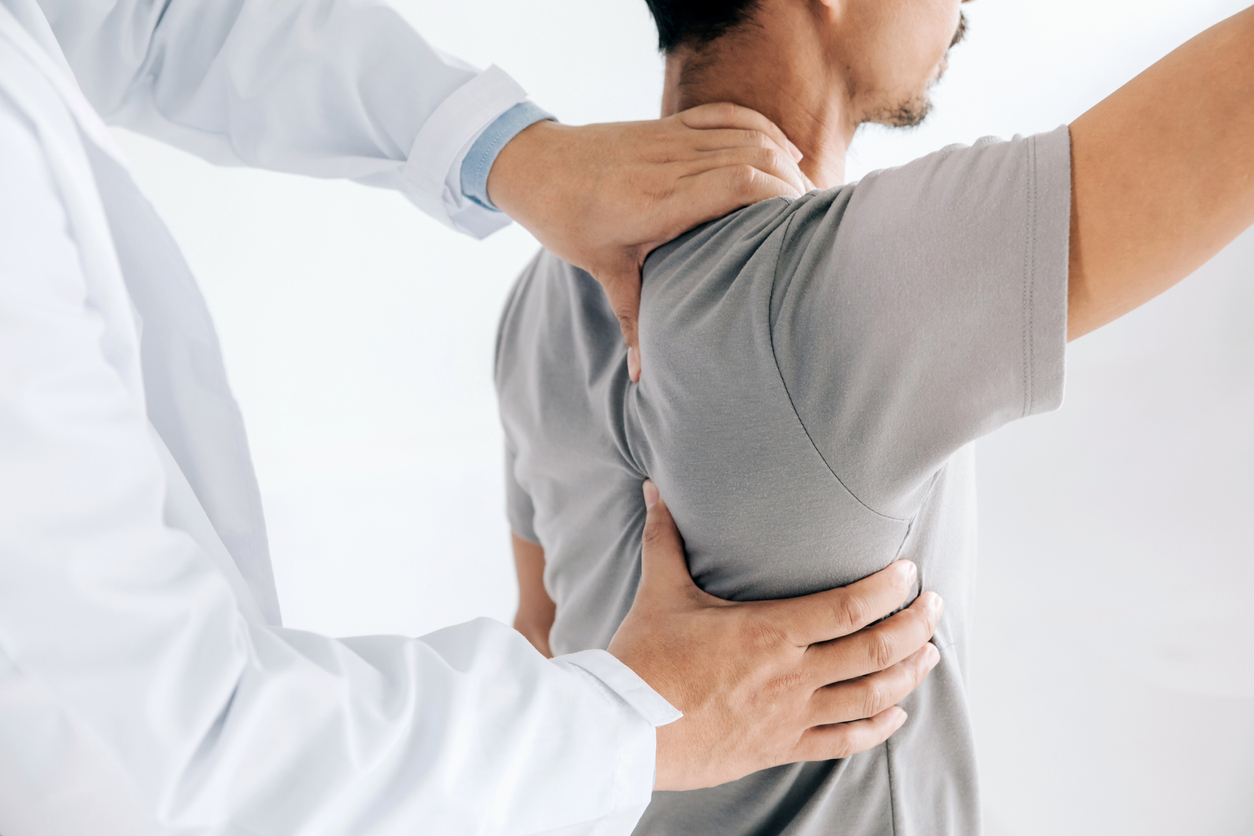
Being physically active or playing sports does wonders for your body. However, it also ups your risk for sports injuries. While these conditions are common for physically active individuals and athletes, they are treatable and preventable.
Are you a physically active person? Here are the most common sports injuries, how they are treated, and what you can do to prevent them.
Common Types of Sports Injuries
Contusion
Contusion or a bruise is a soft tissue injury caused by a blunt force or fall. When this occurs, you will feel and notice it pretty quickly because pain, swelling, and discoloration will follow. The discoloration happens because the pressure breaks the blood vessels under your skin, causing blood to leak to the nearby tissues. At first, it will appear as a black and blue mark and then change in color over time as the bruise heals.
Sprain
A sprain occurs when you overstretch or tear your ligaments, the band of connective tissue that joins your bones together. This condition varies from mild to severe, depending on the damage to your ligaments. Although it can occur in any joint, your ankles, knees, and wrists are the most vulnerable places.
When it comes to sports, one of the risk factors that contribute to a sprain is the use of wrong sporting equipment or gear. Sprain symptoms include pain, swelling, and bruising. You may also hear or feel a pop in your joint when the injury occurs.
Strain
A strain results from overstretching your muscles or tendons. Depending on the severity of the injury, the muscle or tendon may also have a partial or total tear, which may need immediate medical care. Common areas for strains are your lower back and hamstrings.
Poor body mechanics when lifting heavy objects and sports that involve quick jumps and starts are factors that increase an athlete’s risk for a strain. Pain, redness, swelling, and muscle spasms are some of its symptoms.
Fracture
When your bone breaks due to blunt trauma or accidents, you have a fracture. Fractures are either of the following:
- Simple – the break does not penetrate the skin
- Compound – the injury results in an open wound
It is often accompanied by swelling and tenderness. Compound fractures require immediate medical care to avoid complications such as blood loss and infection from open wounds.
Dislocation
A dislocation occurs when two or more bones in a joint are displaced from their normal positions. This sports injury commonly occurs at the hand and shoulder joints. A dislocation requires immediate medical care to hasten your bones’ recovery. Immediate treatment also helps prevent complications like nerve and blood vessel damage.
Treatments for Common Sports Injuries
RICE Therapy
RICE stands for rest, ice, compression, and elevation. This is the first aid response for many musculoskeletal issues, including common sports injuries. Stop whatever you are doing and try not to use the injured part. While at rest, you may place an ice pack wrapped in cloth over the affected area for no longer than 20 minutes about four to eight times a day. If there is swelling, compress the affected area. Use elastic wraps, casts, or splints on the injury to reduce the swelling. To further decrease swelling, elevate the injured part above the heart level.
Medication
Your doctor may recommend taking nonsteroidal anti-inflammatory drugs (NSAIDs) to alleviate the symptoms. These include aspirin, ibuprofen, and naproxen. For intense pain and inflammation, consult with your doctor to know whether you need medication available in prescription strength.
Immobilization
Immobilizing reduces the movement of the injured part, thus preventing further damage, reducing pain and swelling, and promoting healing. These devices include slings, splints, and casts.
Physical Therapy and Rehabilitation
Physical therapy is crucial to your recovery from a sports injury. Whether you had surgery or not, early mobilization, and an exercise program created considering your strengths and limitations will help restore your mobility and regain strength to avoid re-injury.
Surgery
While many sports injuries often don’t require surgery, torn tissues and compound fractures may need this to prevent complications and facilitate proper healing.
Preventing Common Sports Injuries
Anyone can sustain a sports injury, from professional athletes to weekend warriors. It is necessary to observe preventive measures to minimize your risk. Here are practices you can do to help you prevent common sports injuries.
- Warm-up before physical activity and cool down after
- Do not overwork yourself
- Listen to your body
- Wear and use proper equipment and attire
- Practice proper posture, form, and technique for your activities
- Hydrate
Sports Injury Treatment in North Dakota
Engaging in physical activities is part of having a healthy lifestyle, but several factors make you susceptible to sports injuries. Always take extra precautions to prevent yourself from getting injured. If you do get injured, it’s in your best interest to have it checked, especially if symptoms persist despite first aid measures.
Our board-certified orthopedic doctors at The Bone & Joint Center can help you with the diagnosis, treatment, and prevention of sports injuries. We aim to provide quality, patient-centered orthopedic care to our patients.
For inquiries about our services, you may reach us at (800) 424-2663. You may also schedule an appointment at any of our locations in North Dakota. Let us help you stay active and injury-free!

